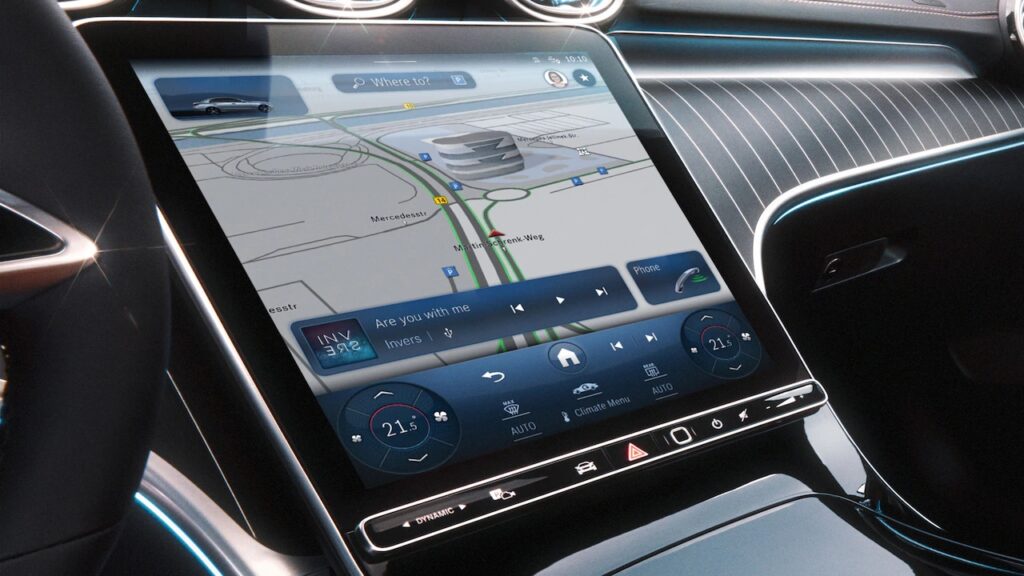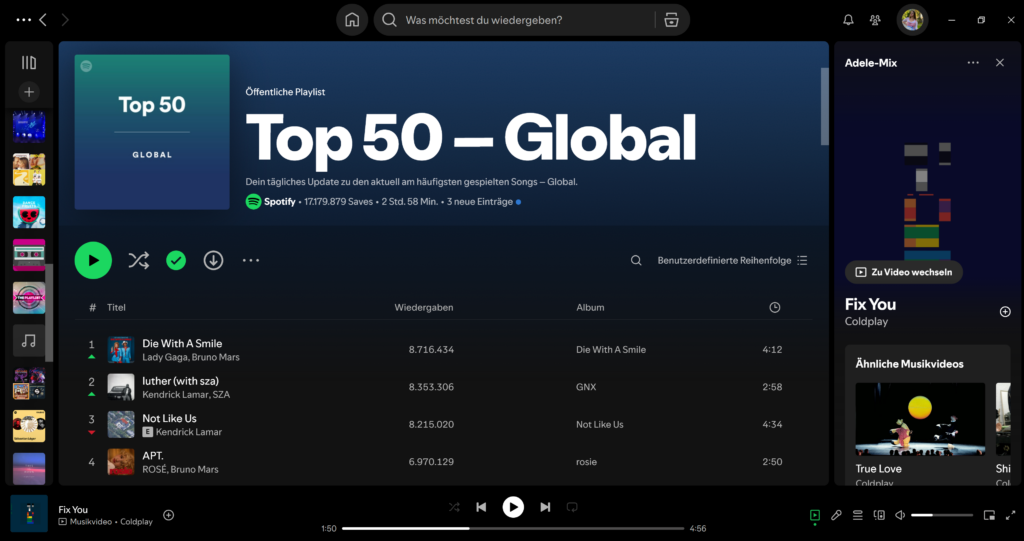
Qt is arguably the most suitable framework for commercial use as a cross-platform GUI library, available for C++, Python, Go, Haskell and several other programming languages. Of course, developers have plenty of other frameworks to choose from when building user interfaces, such as wxWidgets, JUCE, CEGUI, Tk, or even GTK. However, each of these frameworks has its own limitations and shortcomings.
Qt isn’t perfect either, but we believe it has fewer drawbacks than any other GUI framework. It is time-tested and probably the best known, most well documented and well supported framework available on the market. Qt is designed to be a consistent tool for creating cross-platform UI or, as the Qt Company puts it, “fluid, high-performance, and intuitive user interfaces.”
QML
What makes Qt the most powerful tool for cross-platform development is QML. It is not just another Qt module – it is the Qt Meta (or Modelling) language, which allows developers to create powerful user interfaces using a relatively simple JSON-based syntax. The inline JavaScript code handles the imperative aspects.
QML provides an API that enables developers to extend the QML language with custom types and integrate QML code with JavaScript and C++. QML offers both a QML API and a C++ API.
QML is mainly used in mobile app development, where aspects such as touch input, fluid animations (60 FPS) and seamless user experience are crucial.
Qt Controls
Qt Controls One of the main issues with Qt has historically been its UI controls, but this has now been successfully resolved with the introduction of Qt Quick Controls 2.0. Many developers complained that it was impossible to create a UI that looked exactly like a native application, especially on iPhones and macOS.
Originally, the Qt framework worked by taking snapshots of native controls, tweaking them, and using them as foreground or background elements in its own UI components. However, this approach didn’t work well for animations and transitions.
To address this, Qt developers released the Qt Quick Controls 2.0 library in Qt 5.8. The goal was to provide an alternative approach by exploring whether it was possible to wrap actual native controls into a cross-platform Qt API. The Qt Quick Controls module was primarily designed to optimise UI controls for mobile and embedded systems.
Version Qt Controls 2.1 introduced new features for desktop, mobile, and embedded systems, including:
- Hover effects.
- Ripple effects.
- A new theme option for Material and Universal styles.
- A new Dialog popup.
- A RoundButton, which can be used as a Floating Action Button.
These features were added to better align with Google Material Design guidelines and Windows Phone Design guidelines.
Additionally, there are separate Qt extensions, including:
- QML Theme and Component Library for Android.
- Material Design components using Qt/QML.
- QML Theme and Component Library for iOS.
Other Qt features
Qt offers many other features that make it the go-to framework for GUI development.
Windowing System
The Qt GUI module provides classes that enable integration with windowing systems, event handling, OpenGL and OpenGL ES, 2D graphics, imaging, fonts and text. These classes can be used directly – for example, by writing applications that use low-level OpenGL ES graphics APIs.
For application developers designing UIs, Qt provides higher level APIs, such as Qt Quick. The 2D Graphics module offers classes for graphics, imaging, fonts, and advanced typography. The QWindow class supports graphics rendering via OpenGL and OpenGL ES, depending on what the platform supports. The GUI module allows developers to create UIs with advanced features such as maps, charts and data visualisation.
Qt Quick and Other Tools
Qt has its own UI design tool (Qt Designer), which makes it easy to create a UI using spacers, buttons, an HTML editor, and other elements. The Qt Quick library significantly reduces the workload compared to traditional native UI development in C or C++. The introduction of Qt Controls and Qt Layouts has further shortened development time by offering pre-built UI controls and layouts.
Animations
Qt Quick and QML make it easy to animate UI components, creating a more fluid and natural experience. Instead of UI elements suddenly appearing or disappearing, animations help smooth transitions and improve user experience.
User Experience (UX)
Qt 5.x supports touch, mouse, and keyboard input. The Qt Sensors and Qt Positioning modules allow for touch-based interactions that align with common behaviours across portable devices. The Qt Sensors API provides access to sensor hardware, including: accelerometers, ccompasses, gyroscopes.
Meanwhile, Qt Positioning retrieves positioning data such as an object’s location on a map or area based monitoring. The Qt Sensors API can be used in both QML and C++ environments, giving developers flexibility in choosing the best approach for their projects.
Web Engine
Qt WebEngine is a web content rendering engine, based on the Chromium open-source project, just like many popular browsers. It supports HTML5, CSS filters, animations, video, and Canvas. It integrates seamlessly with Qt Quick and Qt Widgets.
The Qt WebChannel module bridges the gap between QML/C++ and JavaScript/HTML, allowing QObjects from QML/C++ to be shared with HTML/JavaScript-based clients.
Multimedia
Qt has strong multimedia capabilities with a rich set of QML types and C++ classes for handling audio, video, radio, and camera functionalities.
- Qt Multimedia Classes provide multimedia support for Qt applications.
- Qt Multimedia Widgets allow the integration of multimedia features into traditional Qt Widget applications.
- The multimedia modules are cross-platform and work on all major operating systems.
Supported Operating Systems
Qt can be used commercially on almost any popular desktop and mobile operating system, including Windows, Linux, macOS, iOS, and Android. However, this doesn’t always guarantee a UI that looks exactly like a native app. Some customisation may still be needed.
To make this process easier, Qt provides:
- Qt Extras – Platform-specific features to create a native-looking GUI.
- Qt Android Extras – Enables Java code integration within Qt apps.
- Qt Mac Extras – Provides access to macOS and iOS-specific features.
- Qt Windows Extras – Includes Windows-specific features like jump lists and taskbar progress indicators.
- Qt X11 Extras – Provides access to screen configuration in Linux (X11).
Qt can also be used to develop for tvOS (Apple TV) and watchOS (Apple Watch). Qt for tvOS is 95% similar to iOS, with the main difference being input handling (touch-based for iOS vs. Focus based for tvOS). However, Qt for watchOS does not support QML or any other Qt-based UI, as Apple’s WatchKit API is required.
UI Examples
Some great UI examples developed with the Qt framework include:

- Telegram (Desktop version).
- Google Earth (Desktop version).
- Autodesk Maya.
- Mercedes-Benz Multimedia System (MBUX).
- Spotify for Windows and many more.
With its wide range of features, Qt remains one of the best frameworks for cross-platform UI development! The Qt team at helloQt will be happy to help you with the implementation of your cross-platform Qt project.